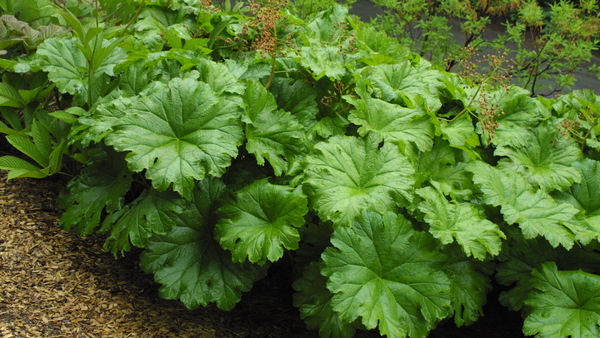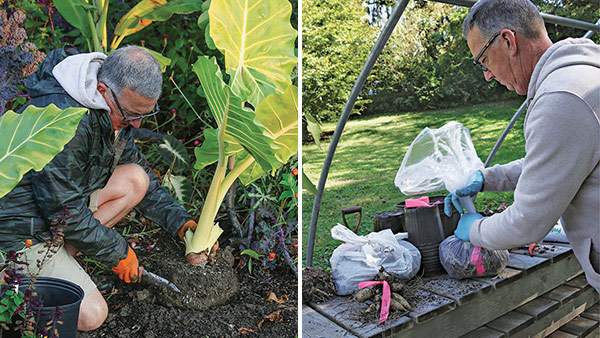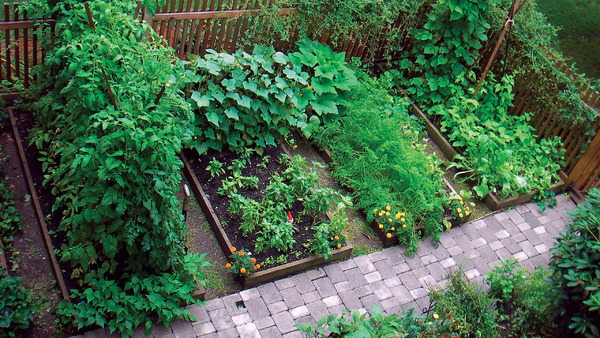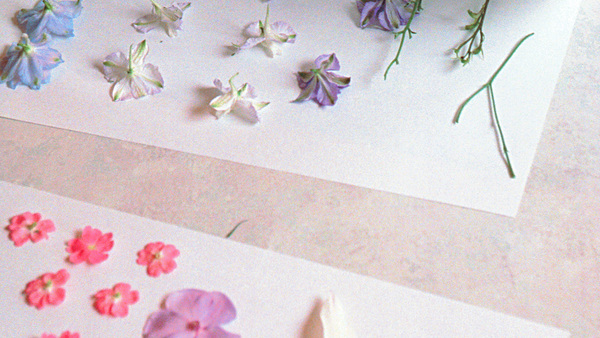
Nancy and John Matthews extensively researched plants that would succeed in this moist, full-sun, deer-ridden site and still provide color and interest all year round in their North Barrington, Illinois, garden. They consider this especially important during the gray winters characteristic of the Midwest. With the help of Citizens for Conservation, an organization dedicated to land stewardship and conservation, they chose a diverse mix of tough, beautiful plants that go the distance through the seasons. Plants like stephanandra, black-eyed Susan, Joe Pye weed, Shasta daisy, and feather reed grass offer subtle colors, textures, and movement with natural good looks that temper the formality of the house beyond. Austrian pines and Bradford pear add consistent color and structure, lending a sense of permanence that echoes the timelessness of their brick background.

- Bradford pear (Pyrus calleryana ‘Bradford’, USDA Hardiness Zones 5–8)

Bradford pear is a noted invasive. To see alternatives to this tree for your garden, click here. - Austrian pine (Pinus nigra, Zones 5–8)
- ‘Gateway’ Joe Pye weed (Eupatorium maculatum ‘Gateway’, Zones 5–11)
- ‘Crispa’ cutleaf stephanandra (Stephanandra incisa ‘Crispa’, Zones 3–8)
- ‘Becky’ Shasta daisy (Leucanthemum × superbum ‘Becky’, Zones 5–8)
- ‘Karl Foerster’ feather reed grass (Calamagrostis × acutiflora ‘Karl Foerster’, Zones 5–9)
- ‘Goldsturm’ black-eyed Susan (Rudbeckia fulgida var. sullivantii ‘Goldsturm’, Zones 4–9)
 |
 |
 |
 |
 |
 |
Fine Gardening Recommended Products

VegTrug Classic Cold Frame
Fine Gardening receives a commission for items purchased through links on this site, including Amazon Associates and other affiliate advertising programs.

Gardener's Supply Company Summerweight Fabric Plant Cover
Fine Gardening receives a commission for items purchased through links on this site, including Amazon Associates and other affiliate advertising programs.

Nesco Snackmaster Express Food Dehydrator
Fine Gardening receives a commission for items purchased through links on this site, including Amazon Associates and other affiliate advertising programs.


















Comments
Great article! Those are great plants to use and should work great in your region. It is sad that it is not possible to have a completely 'Deer Proof' garden. I have tried many experiments on my local herd and it is definitely trial and error. I am a northern transplant now living in the south, so the plant list is slightly different. I have also compiled a list for southern gardeners, zones 7-8.
http://musings-of-a-gardendiva.blogspot.com/2015/01/how-to-solve-biggest-landscaping.html
Thanks for your article!
Ugh! Never plant bradford pear, it is an incredibly invasive species that takes over native species, forming dense, impenetrable thickets. It is a huge problem here in the northeast/mid-atlantic. I think gardeners (and the environment) would greatly benefit from garden designs and layouts using native plants. There are a ton to choose from that have evolved to thrive in the conditions of the areas they are native to. This makes maintenance and care much easier than it is when using invasive and exotic species.
Log in or create an account to post a comment.
Sign up Log in